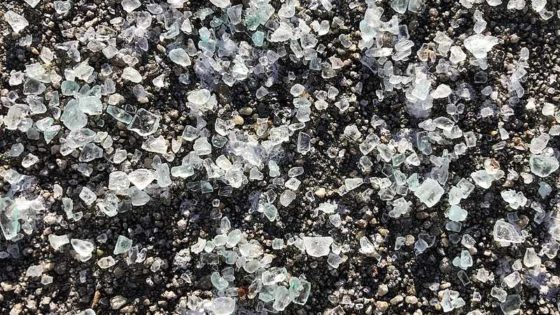FOR IMMEDIATE RELEASE: August 25, 2006
Pleasantville, Pa. – U.S. Rep. John E. Peterson (PA-05) announced today that $100,000 in federal grant money has been set aside by the Environmental Protection Agency (EPA) for the purpose of investigating the relationship between acid mine drainage and the ability to process nitrogen and other nutrients in several streams throughout Tioga County.
“The safety and environmental hazards created by abandoned mines not only put residents in our area at risk,” said Peterson. “They also create toxic drainages that find their way into the Susquehanna and, eventually, its largest collection point: the Chesapeake Bay. The remediation of these disastrous sites is one of my top priorities in Congress — and the research and clean-up that will be done with the help of this grant is obviously something I was very proud to support.”
The research itself will be headed up by scientists from the Stroud Water Research Center in Avondale, Pa., collaborating with experts from local colleges such as Bucknell University in Lewisburg and Bloomsburg University in Columbia County. The team will investigate potential links between acid mine drainage (AMD) pollution and stream integrity/quality, and seek to demonstrate that the thousands of stream miles polluted by AMD in the Chesapeake Bay watershed have not only lost their ability to support natural biological communities but also are no longer able to effectively process nutrients (e.g., nitrogen) and keep them from flowing downriver into the Bay.
“The remediation of AMD impacted streams many miles upstream of Chesapeake Bay has consequences for the restoration of the Bay itself,” said Dr. John K. Jackson, associate research scientist with the Stroud Water Research Center. “Documenting the links between AMD pollution and increased nutrient flux to the Bay will help shift AMD remediation from a local effort with local socio-economic and environmental benefits to a regional one that allows us to marshal all available resources to clean-up sites in Tioga County, and elsewhere upstream.”
Currently, the state of Pennsylvania receives roughly $25 million each year from a federal account designed to help states clean up high-priority abandoned mine sites. Legislation co-authored by Peterson, which passed the House of Representatives earlier this year, would boost that figure by nearly a factor of three — allowing the state to remediate its most dangerous sites almost two generations sooner than under the current formula. The Senate has yet to act on that very important piece of legislation.
“It certainly wasn’t easy,” added Peterson, “but we earned passage of our bill in the House. Now, with action pending in the Senate, I’m hopeful that research such as this go further in making the point that we have a serious problem on our hands, and hopefully spur additional regional cooperation in finding new ways to get it solved.”
Information gleaned by researchers will be shared through publications and presentations to the scientific community, local governments, and non-profits in the Bay watershed. Project partners include the Degenstein Foundation, the Keith Campbell Foundation, the McKenna Foundation and the Western Pennsylvania Watershed Program.


